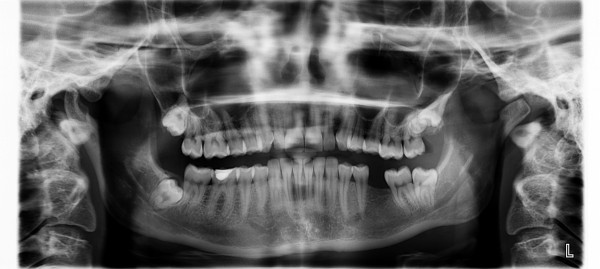Wilhelm Roentgen received this award for “Discovery of X-rays”. People would think that he focused on studying X-rays in his entire life, but he originally engaged in research on specific heat of gas, heat conduction of crystal, and research on polarization.
One day, he happened to be interested in an experiment of the cathode ray. Then, he discovered that unknown radiation reflected on a fluorescent material is emitted from the cathode line. In other words, even though he covered the tube of the cathode ray with black paper to avoid leaking the rays, the fluorescent substance (paper coated with platinum barium cyanide) can emit light as the reaction. Obviously, it was mysterious and he thought there was something interesting.
He also found the following: Even if a thick book was placed between the cathode ray tube and the fluorescent substance, this luminescence phenomenon was observed. Furthermore, even if the fluorescent substance was put in the next room, the same phenomenon was confirmed. This was the discovery of X-rays.
The X-ray he discovered had very high permeability; it also had a fluorescence property; and it was not bent by a magnetic field.
The first time photography with X-rays was the hand of Roentgen’s wife. Amazingly, the picture showed the bones of the hand and the shadow of the ring.
